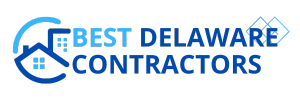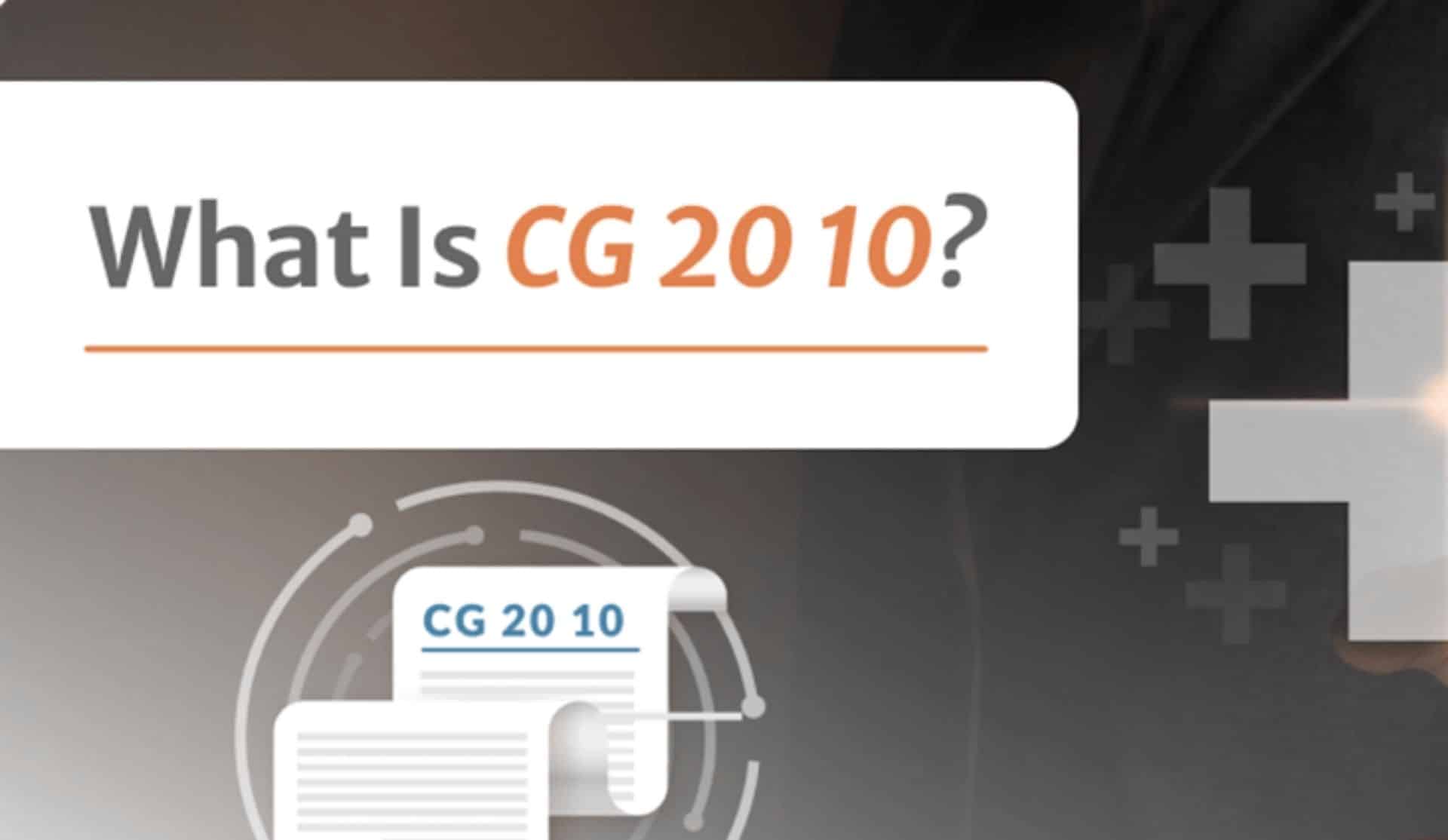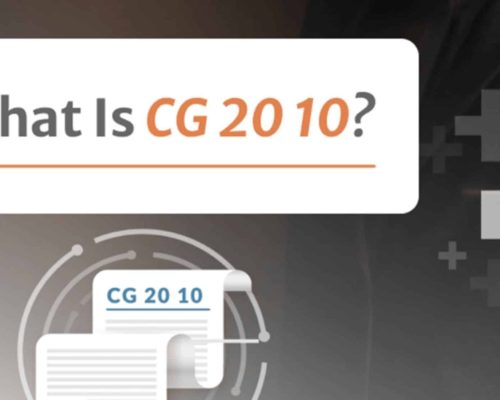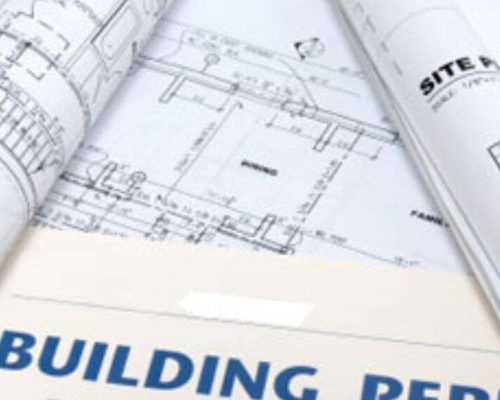In simple terms, a CG 20 10 is a proof of insurance document, where it names the customer as an additional insured on commercial general liability (CGL) policies. Clients often expect this form to provide them defense in lawsuits related to the work. Prime contractors often require this form for their own CGL policy reasons.
Understanding Commercial General Liability (CGL) Policy
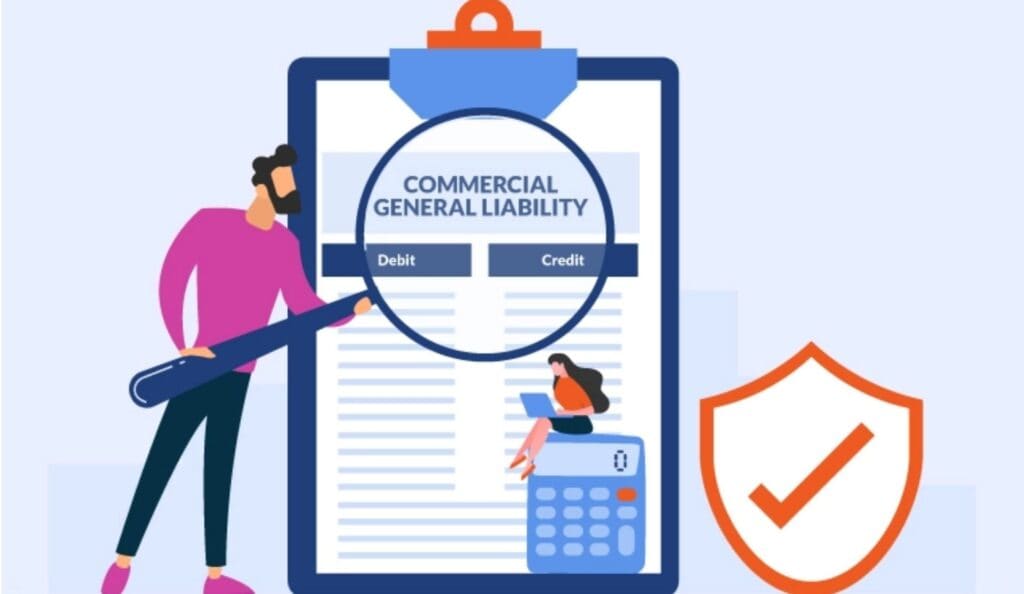
Commercial General Liability (CGL) policies are typically audited at the end of the policy term. Contractors are required to submit evidence of insurance for any paid subcontractors during the audit where evidence is provided using the ACORD Form, indicating the subcontractor as an additional insured.
However, failure to provide this proof results in the subcontractor being classified as uninsured. Using subcontractors can lead to greater CGL insurance costs, and for that reason companies should obtain certificates of insurance from subcontractors.
It’s important to have the business listed as an additional insured on these certificates, and obtaining certificates before embarking on any work to avoid complications is crucial. Moreover, locating subcontractors for insurance forms later can be difficult and failing to get the required certificates may result in surprise insurance premiums.
The Significance of Obtaining a CG 20 10 Additional Insured Form from Contractors for Property Managers, Building Owners, and Co-ops
Liability Claims Protection
The CG 20 10 form of additional insured offers extra liability coverage. It is intended for property managers, building owners, and co-ops. This form’s request adds these stakeholders as additional insured on the contractor’s policy and the coverage applies for liability claims arising from the contractor’s work.
This type of coverage offers financial protection to property managers, building owners, and co-ops. It shifts the cost of claims’ financing to the contractor’s insurance.
Obligations Regarding Contracts
Building contracts often require the contractor to provide additional insured coverage. Property owners, building owners, and cooperatives are common stakeholders in these contracts.
The CG 20 10 form for additional insured is typically required to confirm compliance. This type is used to verify that the contractor has added the named parties to their insurance cover and it ensures that contractors perform their contractual work. Moreover, the form improves compliance enforcement and provides reassurance to all parties involved.
Continuity Of Coverage
Regarding continuity of coverage, the CG 20 10 form provides an additional insured which is crucial to the property manager, building owners, and co-ops. It offers continuous help during and after the project, and along with that, it also includes these stakeholders as additional insured, sheltering them from liability claims.
Subsequently, coverage extends to claims for completed operations and this form offers lasting security and protection for all parties involved.
Risk Protects
In case of risk mitigation, requesting the CG 20 10 additional insured form is beneficial to property managers, building owners, and co-ops as it allows them to be listed as additional insured on the contractor’s insurance policy.
This change in liability risk protects their assets by minimizing the risk of financial loss and lessening the risk of lawsuits and claims. It’s a proactive measure to provide proper insurance coverage and everyone concerned has greater security in case of unforeseen accidents.
The Most Frequently Used Additional Insured Endorsement For Contractors Is The CG 20 10
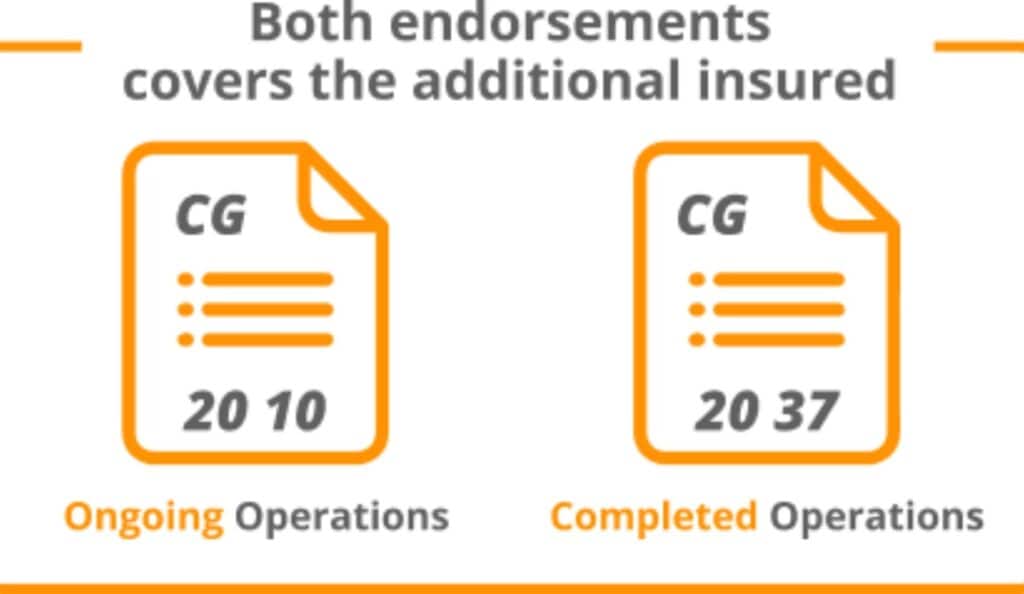
CG 20 10 provides coverage as an additional insured for liability caused by continuous operations. However, the current operations do not include finished operations. The present CG 20 10 form does not have completed operations coverage for extra insured parties and the CG 20 37 endorsement is needed to feature completed operations coverage.
Sample Ongoing Operations Occurrence
To understand Sample Ongoing Operations Occurrence, a simple example can be used. For instance, if a property owner hires a contractor to build a brick wall and the contractor negligently drops the bricks on cars, causing them to be damaged. And for that reason, the car owners are suing the property owner for damages.
However, if the property owner is included as an additional insured on the contractor’s CGL policy (CG 20 10 11 85), they will be covered. The CG 20 10 11 85 policy covers liability for the contractor’s continuous operations.
If the property owner is made an additional insured under CG 20 10 subsequent to 1985, he is also covered for continuous operations, and in that case the coverage includes both continuous and completed operations of the contractor.
Sample Completed Operations Occurrence
Subsequently, if a wall collapses two months after being finished by a contractor, damaging parked vehicles. And as a consequence to that, the car owners are suing the property owner for the damage.
If the owner of the property is an additional insured under CG 20 10 11 85, they are insured for completed operations.
Additional Insured Endorsement CG 20 37: Completed Operations
The CG 20 10 endorsement did not include completed operations coverage after 1985. The ISO created CG 20 37 to fill this void by providing coverage for additional insureds for completed operations alone.
Moreover, the CG 20 37 does not encompass continuous operations. If a contractor makes a property owner an additional insured under CG 20 37, only completed operations, and not continuing operations, are covered. In that case, CG 20 37 is unnecessary when a company can obtain CG 20 10 11 85 since it includes both continuing and completed operations.
Blanket Additional Insured Endorsement
What is the Blanket Additional Insured endorsement?
In general terms, the Blanket Additional Insured Endorsement is referred to as an automatic additional insured endorsement. They add individuals or entities automatically as additional insureds, and basically, they do this for the individuals for whom the named insured is conducting operations.
It also covers those with whom the named insured has a written contract to add as additional insureds. A major benefit is that insurance agencies can produce these endorsements without an insurance carrier’s authorization, which allows for faster processing of blanket endorsements. A negative aspect is the need for a written agreement to create the additional insured status.
How are Blanket Additional Insured Endorsements Used?
The Blanket Additional Insured endorsement allows agents to issue certificates of insurance to additional insureds as it covers individuals or entities that the named insured cooperates with and has contracted in writing to cover.
This endorsement streamlines the process, enabling quicker issuance without the need for underwriter approval. It also decreases the time required for handling certificate requests for insurance.
A signed agreement is needed to make the owner an additional insured along with a blanket additional insured endorsement, which can be added in General Liability Insurance.
However, when comparing insurance quotes, it is necessary to make sure to include blanket additional insureds for accurate comparisons, and the cost to add an additional insured can start at $250, depending on the insurance company. Some policies even provide the endorsement free of any extra cost, and buying a blanket additional insured is generally less expensive than adding each necessary party individually.
A property owner can be liable for damages caused by a contractor’s work. If a contractor spills shingles on a vehicle while putting on a roof, the vehicle owner can sue the property owner. Being named as an additional insured on the contractor’s CGL policy is vital to coverage. The CG 20 10 11 85 form provides coverage for both ongoing and completed operations.
If the owner of the property is covered under CG 20 10 11 85, then they are protected against claims for ongoing operations. And consequently, to that, if the roof is later blown off because it was not installed correctly, this would be classed as completed operations. Additionally, there is coverage for completed operations only in the event that the owner of the property is included on CG 20 10 11 85.
However, the CG 20 10 form released after 1985 only addresses ongoing operations, and not completed operations.
Conclusion
The CG 20 10 Additional Insured form is used in commercial general liability (CGL) policies. It extends coverage for property managers, owners of buildings, and co-ops by including them as additional insureds on the contractor’s policy. The form safeguards against liability claims brought about by the contractor’s work and guarantees compliance with building contracts.
It provides ongoing coverage during and following projects, transferring the liability claim costs to the contractor’s insurance. This supports financial protection and risk reduction. For ongoing operations, the CG 20 10 form is sufficient, but for completed operations, a separate endorsement (CG 20 37) is required.
The Blanket Additional Insured endorsement facilitates adding insured parties when a written contract exists. Generally, the CG 20 10 form is important for maintaining adequate insurance coverage and protection against unforeseen liabilities.
